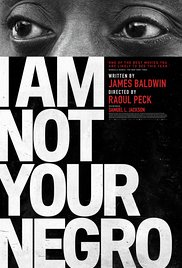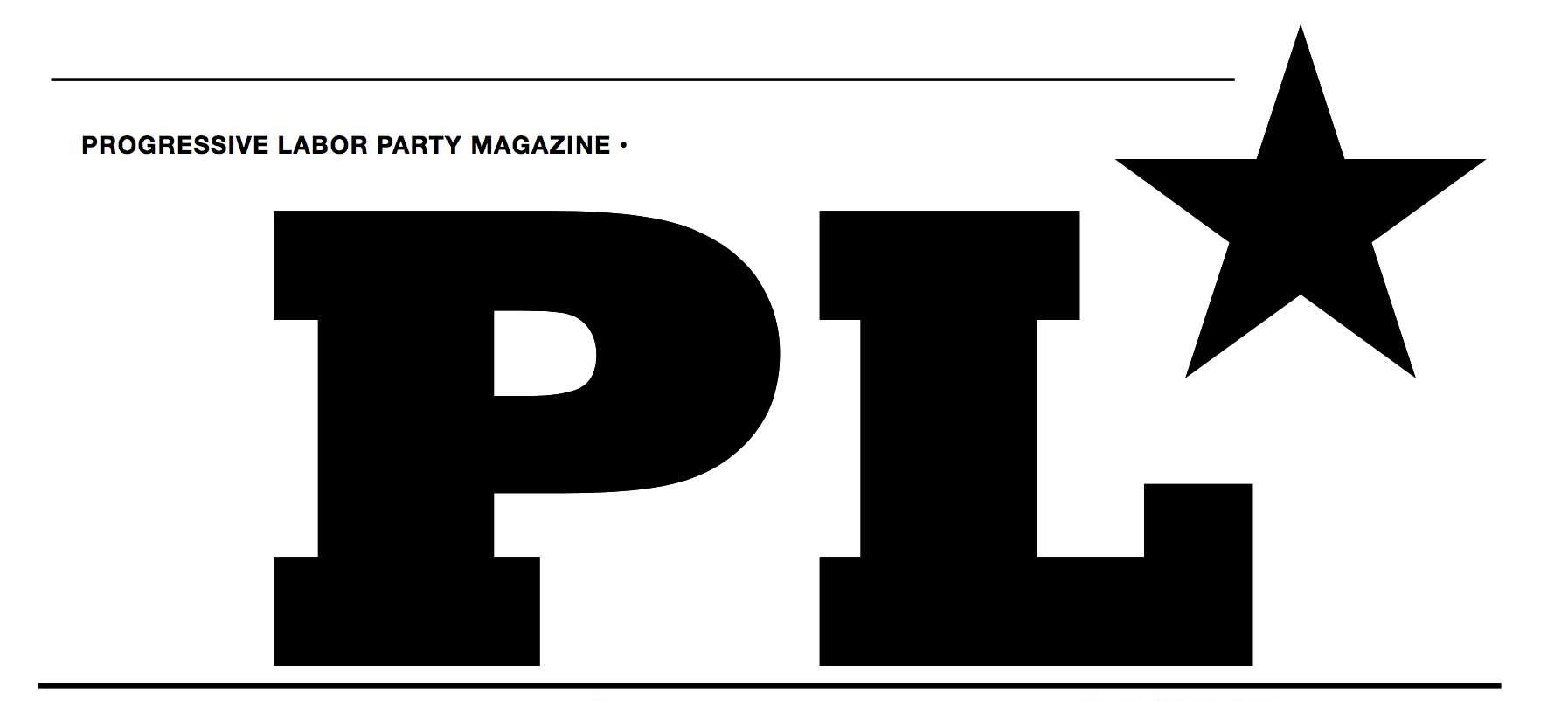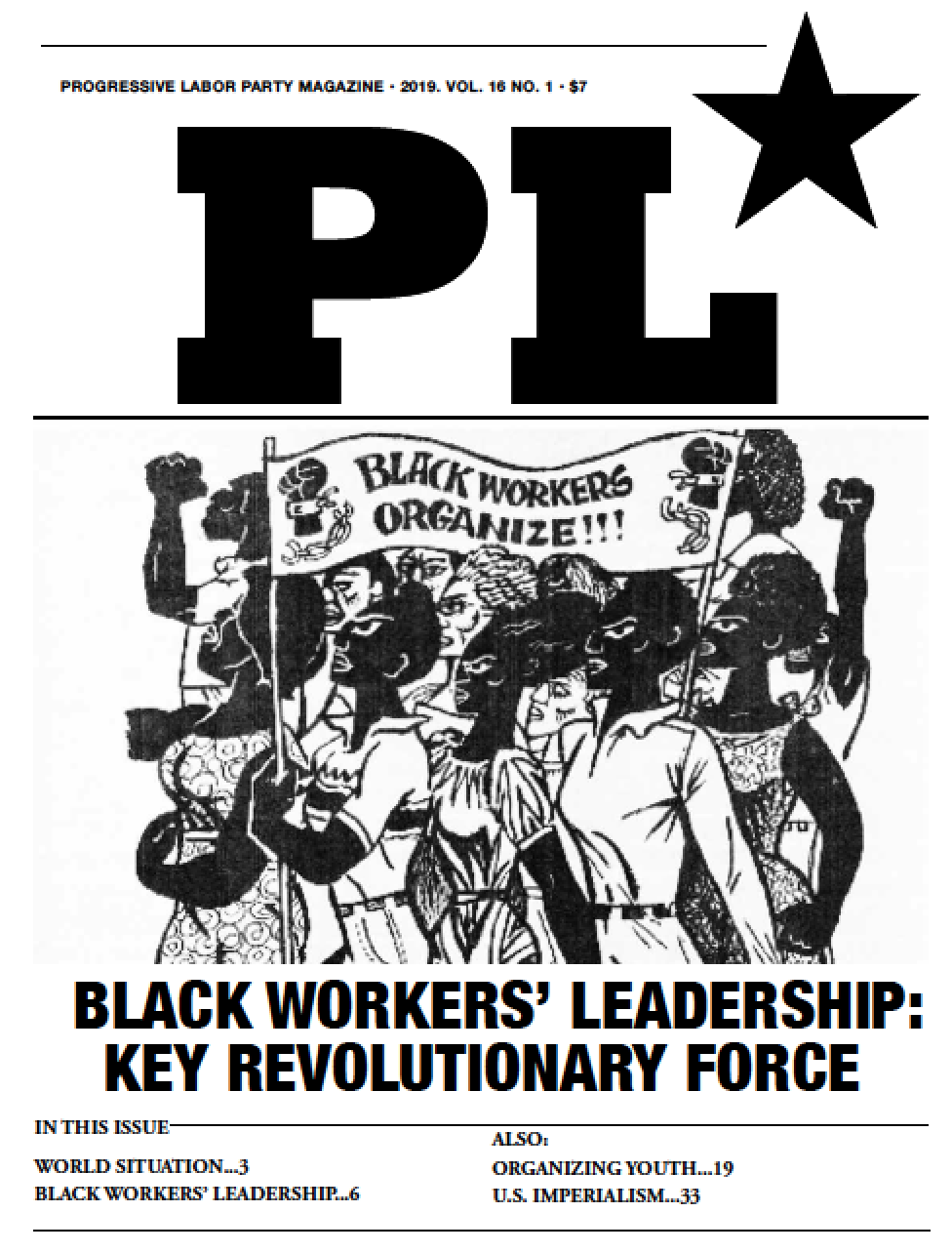I AM NOT YOUR NEGRO NOR AM I A REVOLUTIONARY
 Thursday, March 23, 2017 at 12:11AM
Thursday, March 23, 2017 at 12:11AM  I Am Not Your Negro is a documentary about prominent Black author James Baldwin, directed by Haitian filmmaker Raoul Peck. It opens with James Baldwin’s notes about the influential lives of Medgar Evers, Malcolm X and Martin Luther King, Jr. Baldwin then describes himself, detailing who he is not; he is not a militant Black Panther. He is not a Muslim nor a Christian, who have their segregated churches. He says he doesn’t hate all whites for he had a white teacher who took him to plays and concerts. He isn’t in the NAACP, for “shoe shine boys like himself are repelled” from that organization and its elitist, pro-capitalist Black membership base.
I Am Not Your Negro is a documentary about prominent Black author James Baldwin, directed by Haitian filmmaker Raoul Peck. It opens with James Baldwin’s notes about the influential lives of Medgar Evers, Malcolm X and Martin Luther King, Jr. Baldwin then describes himself, detailing who he is not; he is not a militant Black Panther. He is not a Muslim nor a Christian, who have their segregated churches. He says he doesn’t hate all whites for he had a white teacher who took him to plays and concerts. He isn’t in the NAACP, for “shoe shine boys like himself are repelled” from that organization and its elitist, pro-capitalist Black membership base.
That however is the closest we ever get to a class analysis, and the rest of the film shows “whites” as a general mass, without class distinction, to be the oppressors. The film cuts back and forth through history. The history of school integration portrays crowds of angry white youth, who Baldwin says represents the vast, unthinking cruel “white majority.” In one scene, the U.S. president John F. Kennedy’s brother and Attorney General at the time, Bobby Kennedy, is asked if he will urge his brother to accompany a Black student to school. Kennedy says that’s a “meaningless moral gesture,” and the screen shows crowds of racist white workers chanting “Keep Alabama White.”
The film jumps forward to the Ferguson fightback. We see frame after frame of white riot cops and national guard with heavy weaponry. The footage doesn’t focus on the hundreds of militant Black and white workers and youth fighting back. Victims of police murder—Tamir Rice, Trayvon Martin, Aiyana Jones and other youth are named, but Baldwin says that white people, like the response to the Black children killed in the Birmingham church firebombing in 1963, are “astounded” by such murders. He states that whites surround themselves with merchandise and fantasy movies to try to celebrate their own captivity in mindlessness. At the same time, they imprison one part of their own humanity—the Black people.
He talks about the two faces of America: the first face is of actor John Wayne. At the height of U.S. imperialism in the twentieth century, Wayne was the capitalist media’s personification of “white manhood” for his movies where he is most famous for his roles as a heroic “cowboy” on the U.S. frontier. In these films, set in the 1800s, the genocide against the indigenous are ignored, they are portrayed in racist stereotypes, and are even played by other white actors. The other face Baldwin contrasts against this racist capitalist mythology is the reality of the U.S. government’s massacre of hundreds of indigenous members of the Lakota Sioux tribe at Wounded Knee in 1890. The only “way out”, says Baldwin, is that the two “faces” within all American whites have to confront one another. To do this, whites must face their own fears and need for superiority.
Capitalists Push Privilege Politics
A liberal movement called “Beloved Conversation Training”—often held in churches nationwide—shares Baldwin’s view of ignoring the fundamental class opposition between white workers and white capitalists. Instead, capitalism is ignored almost entirely, and they treat “whites” as a giant oppressor group that shares the “dominant culture,” implicitly affirming that white workers as well as white capitalists benefit from the oppression of Black workers. Thus, white workers have “white skin privilege.” The training costs $350, and proposes that white workers examine their own “micro-racism,” or micro-aggressions, and how they participate in maintaining the systemic racist and genocidal oppression of Black workers.
These schools last an entire weekend and are followed by an eight week curriculum.
It’s no mistake that this documentary on Baldwin dovetails with this ideology of “white skin privilege.” Neither the film’s subject, James Baldwin, nor white skin privilege theorists discuss the history of white and Black strikers gunned down side by side by the police. They don’t talk about the relationship between Black unemployment and unemployment for the entire working class. They leave out the wage differentials between the northern U.S. states and the south, and the point that the lower the bosses can get away with paying Black workers, the lower the standard of living is driven for all workers, until everyone is hit with massive layoffs and outsourcing of jobs to workers in even lower wage countries for the capitalists to maintain their profit margins. I Am Not Your Negro repeats the same propaganda as the capitalist class: racist institutions, from banks to local Boards of Education that reinforce school segregation, are the fault of all “whites,” and all “whites” rest on the oppression of “Blacks.”
Both viewpoints ignore the real history of racism. The ruling class in the 18th century of plantation owners and others invented race because, following periodic rebellions like Bacon’s Rebellion that threatened their rule, they feared the power of Black-white unity. From that time on as capitalism matured in the U.S. and grew in its lethal genocidal power, race served as a necessary tool by the capitalist ruling class to keep down all wages.
Background to Baldwin’s Era
James Baldwin lived and wrote during a sharp era of antiracist struggle, when Black working class fighters such as W.E.B. Dubois, Paul Robeson, Langston Hughes, Claudia Jones, and many, many others fused their art and, especially in Jones’ case, cultural work, with calls for multiracial working class unity against capitalism and racism, sexism and imperialism. These fighters knew their real enemy was not white workers, it was the capitalist class that created racism itself.
The impression one gets from I Am Not Your Negro was that Baldwin was somewhat of an outsider from these struggles, with frequent name-dropping of major figures of the 1960s like Medgar Evers and Malcolm X. Baldwin participated in several marches, including the 1963 March on Washington (which Malcolm X sarcastically labeled the “Farce on Washington”), yet maintained his personal “independence” from the movement. In philosophical terms that frequently manifest as literary themes throughout his writing, Baldwin, like Richard Wright before him and Ralph Ellison as represented in the 1952 novel, Invisible Man, isolated himself from international working-class struggle. In this way, through physical presence but mental aloofness, Baldwin misrepresents his true enemy: capitalism.
The struggles ahead will reveal our class enemy more clearly, and it is up to communists to struggle to build a mass working class movement and party, PLP, for communism. Unlike Baldwin’s unscientific belief that “whites” are generally oppressors, we fight for workers all over the world to face that the struggles of Black workers are the struggles of their sisters and brothers.
Then, and only then, can a new world be built through violence of a communist revolution forged in the unity of the whole, united international working class.





 Progressive Labor Party (PLP) fights to destroy capitalism and the dictatorship of the capitalist class. We organize workers, soldiers and youth into a revolutionary movement for communism.
Progressive Labor Party (PLP) fights to destroy capitalism and the dictatorship of the capitalist class. We organize workers, soldiers and youth into a revolutionary movement for communism.




Reader Comments